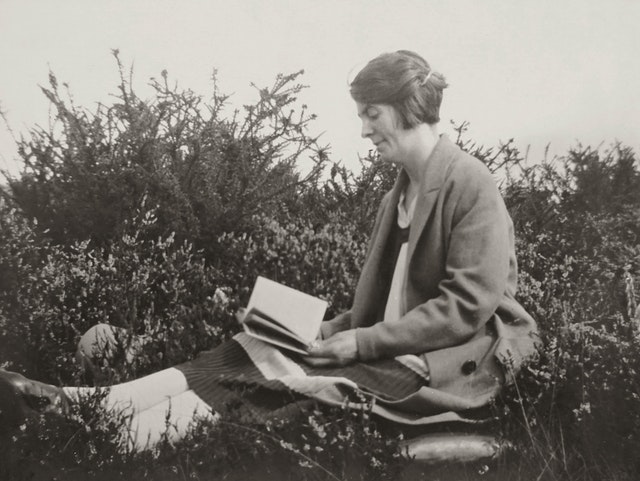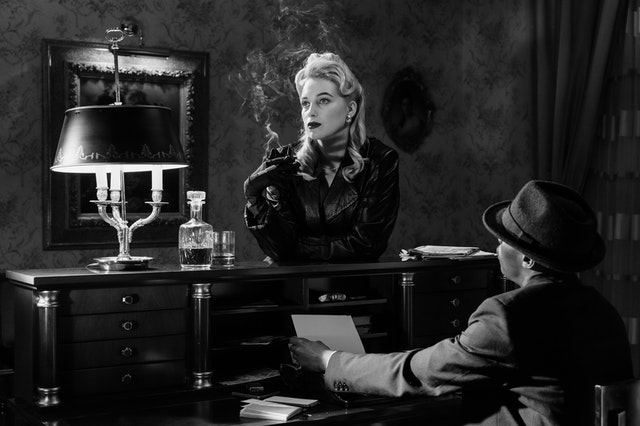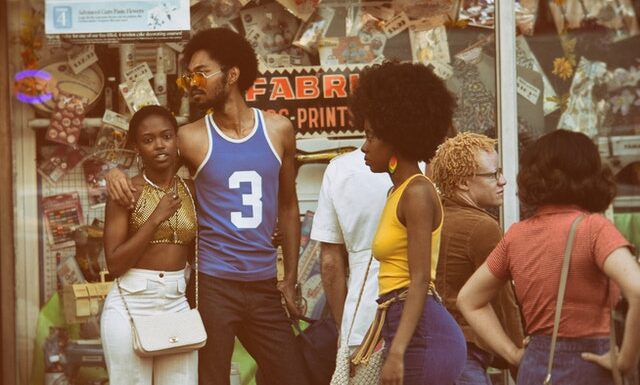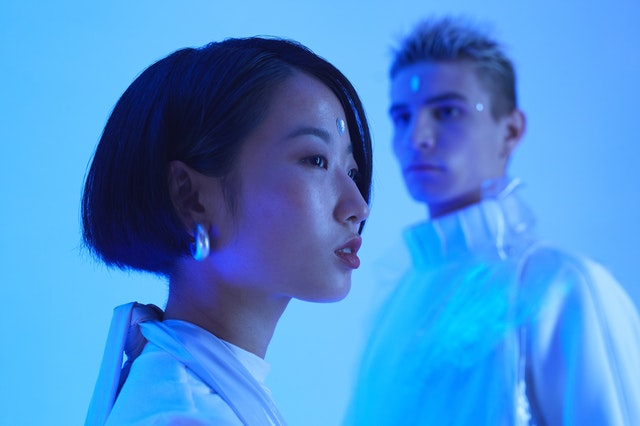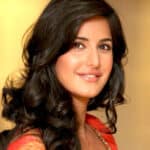The industry of fashion is always on the ever-changing side; the clothing currently considered as one of the hot ones might become obsolete in a few months. The fact is pretty simple, and that is the innovation that has been put forth by fashion artists to always bring in something newer and eye-catching. Though, the place where it usually starts is in Paris, the city in the heart of France. But regional fashion designers can never be ignored once you actually notice the fashion trending in your town or city is an effort of the regional fashion designer.
Table of Contents
Fashion has always been the spearhead of innovation
from the invention of the sewing machine to the advancement of e-commerce. Like tech, fashion is future-looking and cyclical, says noted Astro Strategist cum Business Astrologer Hirav Shah.
Hirav Shah says, “The industry has been through phenomenal changes and continuous innovations; there are still some eras that truly amplify the changes the whole industry has been through. Some of the major eras have been explained briefly in the article later on. One day you are wearing tight skinny jeans, and the other day you find that they are no more in the trending; these are the ups and downs of the calamitous changes in this field which are quite usual too.“
Hirav Shah takes us through a few major eras with which this industry has been through:
The Classical Era
The classic era is considered as the period before World War 2 when the fashion designers were considered as more of the tailors who knew the art of stitching and introducing little innovations into the dresses according to the taste of people, but most of the time, they followed a particular design and stitching methodologies.
The Retro Classical Era
The Retro classical Era began after World War 2 when the European countries started to revamp the whole economic system. There was indeed a great demand in labor those days; the profession of fashion designing started from that region, not to forget it was more of the efforts from the French side. The designers employed newer ideas into the clothing, and another wearable and era were termed as the retro classical because it was a mixture of newer ideas in the same old pattern of clothes and wearable items.
The Modern Era
The Modern era began from the late 80s with the inclusion of disco dance culture. Newer and unusual outfits started to get the fame blended with the thrilling and heart throbbing music. The era from this point and still onwards continues to be termed as the modern era of the fashion industry.
Hirav Shah concludes by saying, “Technology is changing the game for every partaker in the fashion industry: designers, manufacturers, stylists, retailers, and, of course, consumers.
Groundbreaking technologies like virtual reality and blockchain have an array of applications in the age-old fashion world, allowing production and distribution methods to progress just as quickly as fashion trends and ever-changing tastes.
At the same time, from sketchpad to store shelf, every aspect of the fashion industry is being enhanced by tech or automated — making for more rapid production, more productive inventory management, and a wider range of in-store and online retail experiences.
The result of all this will be a sector that will become increasingly streamlined while concurrently offering more choices than ever before. A wave of fresh manufacturing processes, distribution channels, and even fabrics and raw materials will more and more allow brands to offer hyper-personalized experiences and products.
Automation could replace many roles within the industry of fashion. But it will also probably result in fresh types of roles around curation, engineering, and customer service. As tech becomes more receptive to the individual, look for more and more parts of the role of brand and designer to shift from tastemaker to taste-interpreter.“


